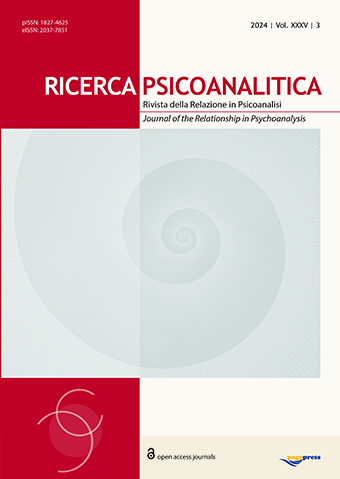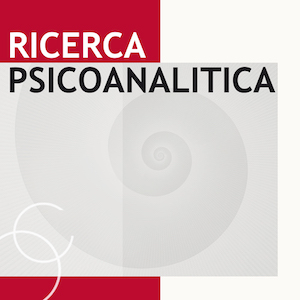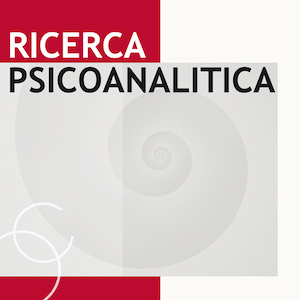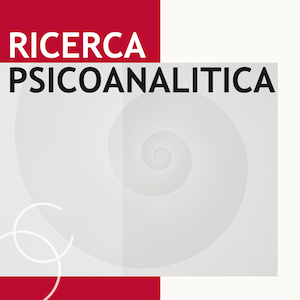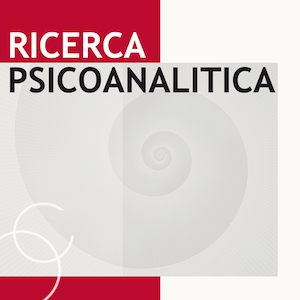The axiomatic of Sandor Ferenczi’s thinking. A study of Sandor Ferenczi’s theoretical-clinical model
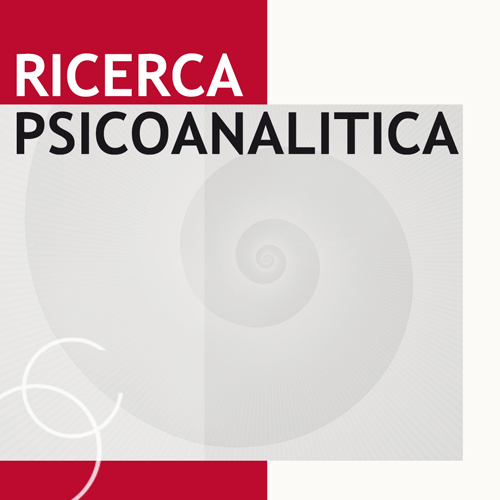
All claims expressed in this article are solely those of the authors and do not necessarily represent those of their affiliated organizations, or those of the publisher, the editors and the reviewers. Any product that may be evaluated in this article or claim that may be made by its manufacturer is not guaranteed or endorsed by the publisher.
Accepted: 30 May 2024
Authors
The authors, via the application of Riolo’s axiomatic methodology,1 set themselves the objective of tracing the contributions of Sandor Ferenczi in his Clinical Diary with regard to the developments in contemporary psychoanalysis. The choice of the Clinical Diary was motivated both by the fact that this was Ferenczi’s last text, and because the journal form allows one to grasp the author’s nascent thinking on concepts that go on to have subsequent developments. The result was that of “extracting” the fundamental assumptions, which in theory constitute a seminal legacy, to allow for a more accurate understanding of Ferenczi’s theory and technique. We are hoping that our work may help guide and encourage further and innovative studies on this important Hungarian author’s thinking.
How to Cite

This work is licensed under a Creative Commons Attribution-NonCommercial 4.0 International License.
PAGEPress has chosen to apply the Creative Commons Attribution NonCommercial 4.0 International License (CC BY-NC 4.0) to all manuscripts to be published.

